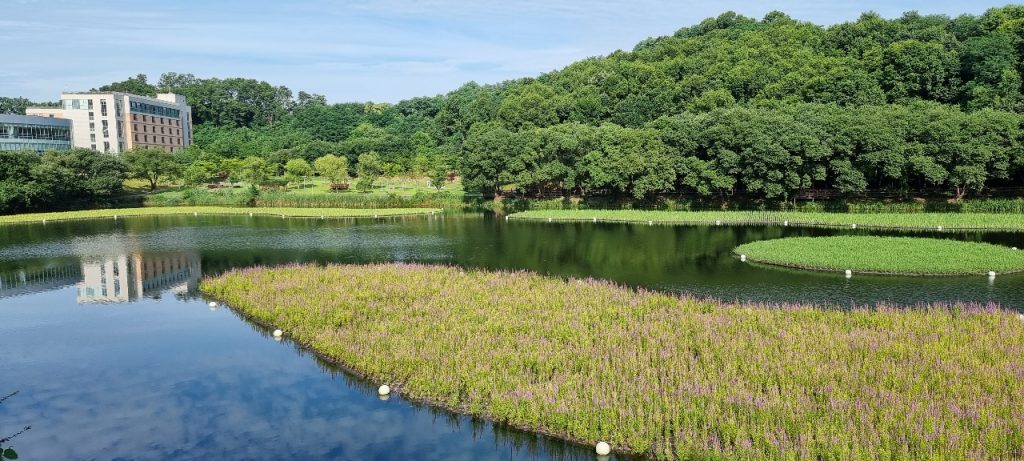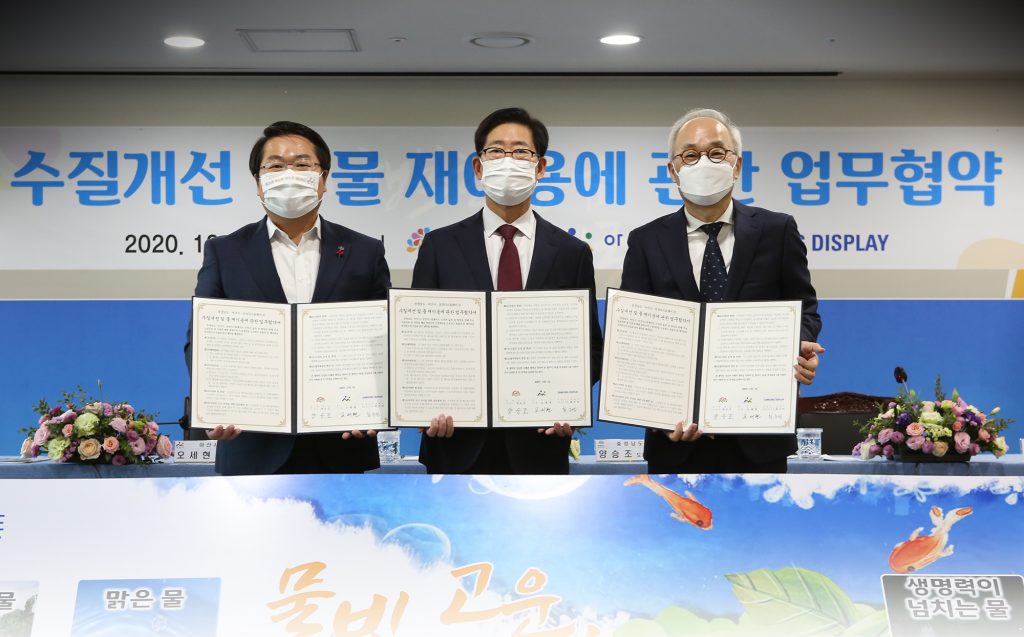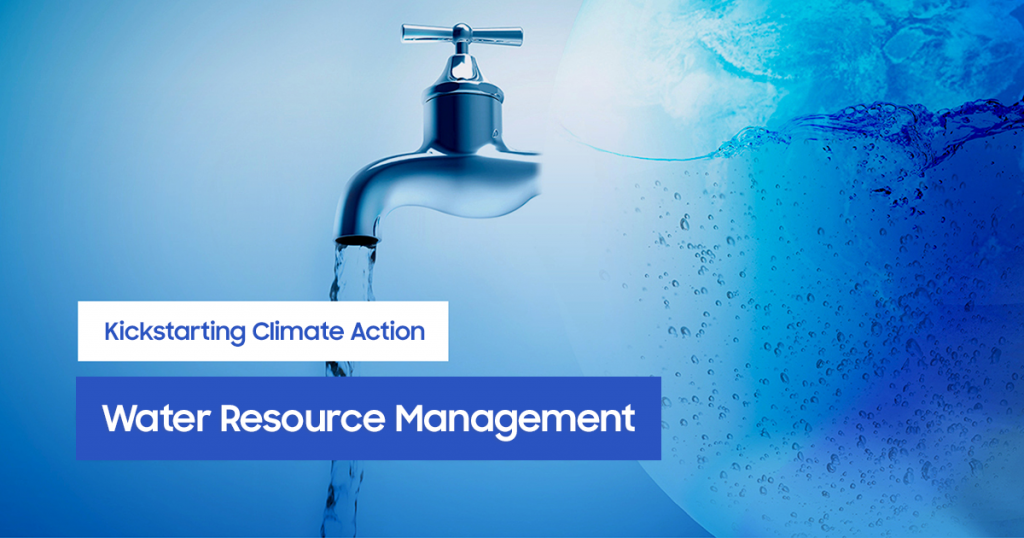
The total volume of water on Earth is estimated at 1.386 billion km³, with only 2.5% being fresh water. Even that 2.5% of fresh water is diminishing rapidly as global warming has exacerbated natural disasters such as drought and floods. You've probably heard that the human body is made up of 70% water and that we can barely survive a week without it. On March 22, we would like to celebrate World Water Day and emphasize the importance of water as well as successful global practices in sustainable water management.
Water-Stressed Countries
“Over a quarter of the world's population faces extremely high levels of baseline water stress due to irrigated agriculture, industry, and municipal withdrawals on the available water supply.”
- Statista -
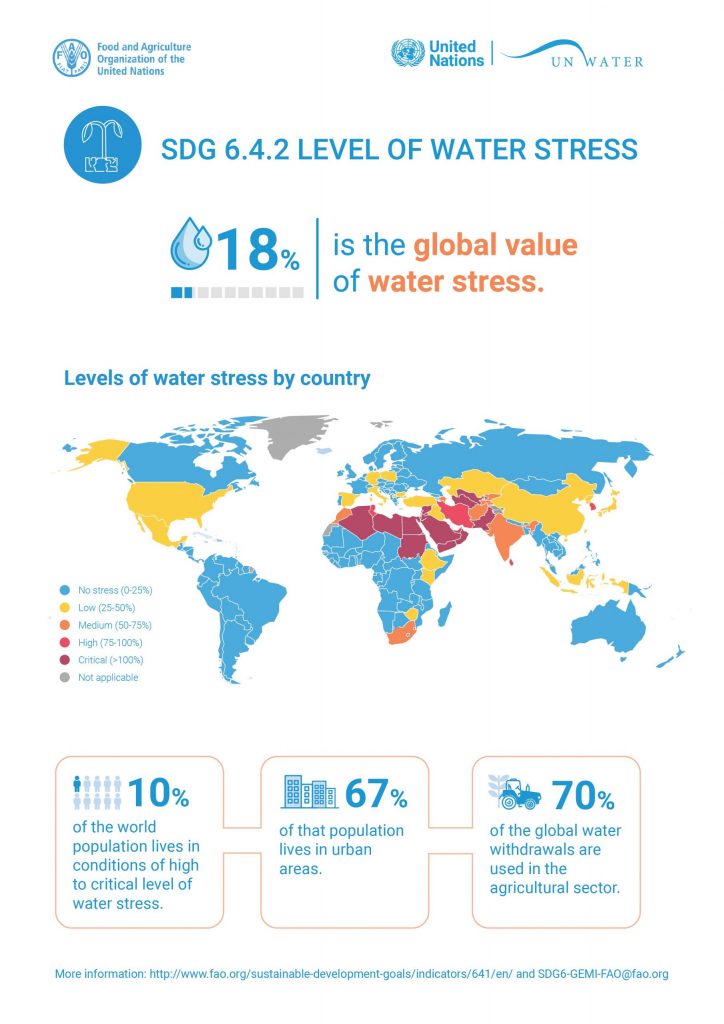
Did you know that one out of ten people lives in conditions of high to a critical level of water stress globally? While the majority of the water-stressed countries are in the Middle East (ex: Qatar), Singapore is also one of the most water-stressed countries in the world due to a lack of natural water resources.
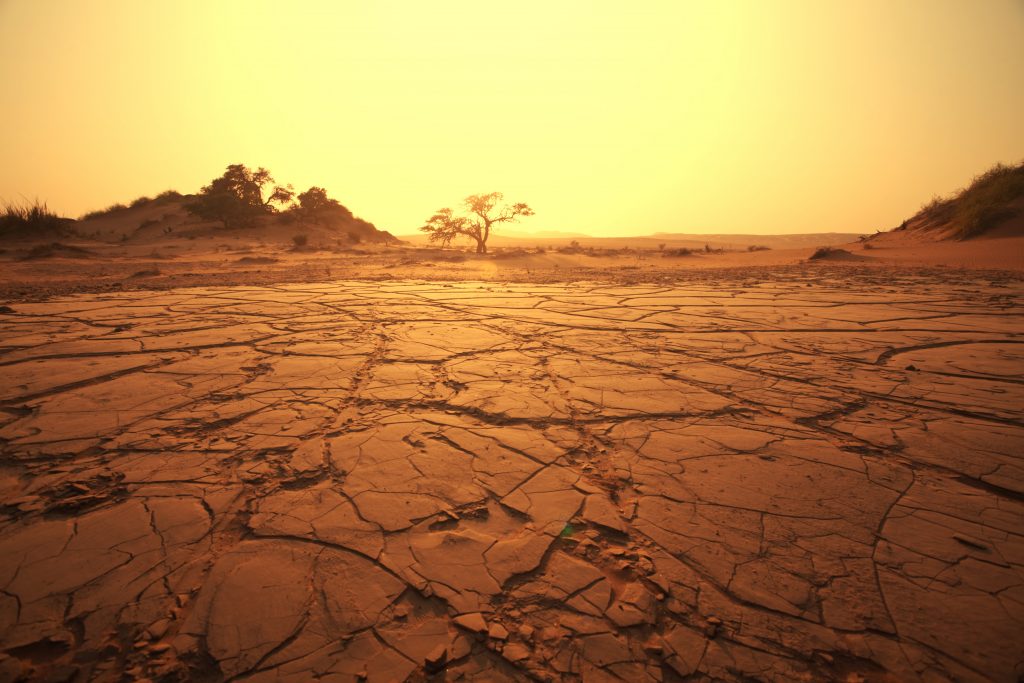
Drought caused by global warming can also add to the water stress: It cost California’s agricultural sector $1.2 billion in 2021, and the American West faces another spring and summer of severe drought in 2022. Turkey had the largest area burned by wildfires in European countries in 2021 of 195,000 hectares in the first nine months of 2021, which was also the largest within the decade. As May 2021 was the hottest May for over 50 years and extreme drought had been a major concern in the country, Turkey looks to prevent these devastations.
“With nearly 60% of the continental U.S. experiencing minor to exceptional drought conditions, this is the largest drought coverage we’ve seen in the U.S. since 2013.”
- Jon Gottschalck, Climate Prediction Center -
Global Water Resources Management Strategies
Global warming and its effects on water supply are generally accepted as a global issue. According to the Intergovernmental Panel on Climate Change (IPCC), drought will occur more frequently with a higher intensity if global warming were to continue at its current status - placing up to 3.6 billion people vulnerable to climate change. Anywhere between 800 million and 3 billion people could experience chronic water scarcity due to droughts under 2°C of global warming, and the number exacerbates to 4 billion people if global temperatures rise 4°C (Business Insider).
More awareness and policy changes towards sustainable water management system are in place to prevent water crises and to preserve the environment. For instance, Korea formulated its National Water Management Plan in June 2021 with the vision of “water management for humans and nature.” This includes its 2030 agenda, instilling the nation’s commitment towards leading sustainability by managing water quality, resources, and disaster control.
The United Nations: Setting ‘Groundwater’ as 2022 World Water Day Theme

The global community is coming together to voice the importance of water management, agreeing that prevention and preservation are high priorities. This year, World Water Day is devoted to groundwater as UN-Water decided that “Groundwater: making the invisible visible” will be the theme. This Groundwater Overview is a determined effort to highlight more awareness on invisible groundwater resources and resolving issues caused by global warming.
Singapore: Housing the World’s Largest Ceramic Membrane Bioreactor (MBR) Facility at the Tuas Water Reclamation Plant
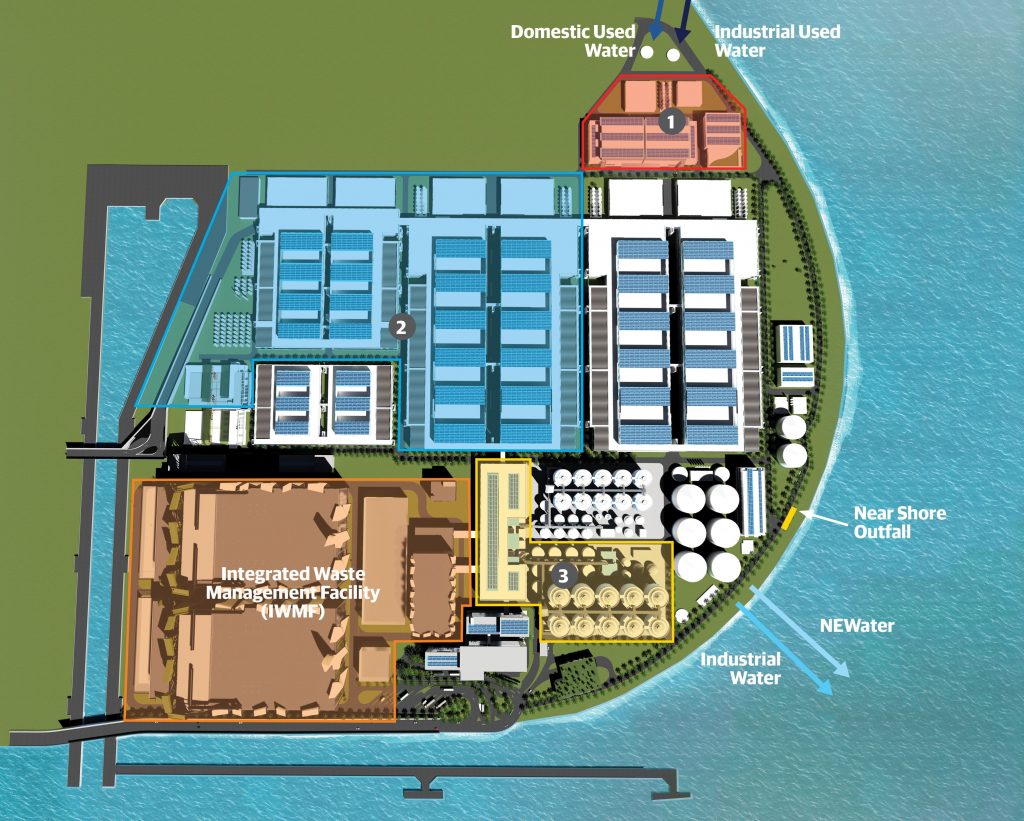
Reclaiming used water stream for reuse is just as important as water conservation for water management! Singapore’s national water agency Public Utilities Board (PUB) plans to deploy the world’s largest ceramic MBR technology facility commissioned by 2025. The daily treatment capacity of one module will be 75,000 cubic meters, which is enough to fill 30 Olympic size swimming pools.
*Membrane bioreactor: a type of wastewater treatment at room temperature using a membrane material. Compared to the conventional methods, it is more efficient both for wastewater reuse and nanofiltration. In addition, it saves facility space with its low feed to microorganisms ratio (F/M).
Netherlands: Best Practices of Measuring and Monitoring Water
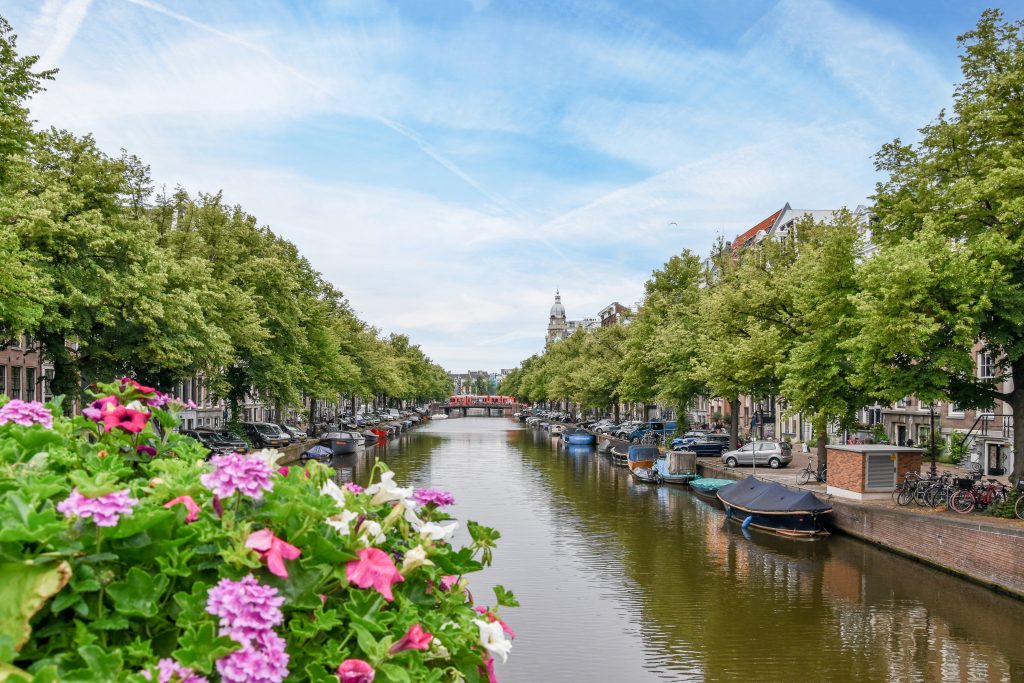
In the summer of 2021, Europe's worst flood in 100 years took place but the Netherlands survived the floods without a single fatality, setting an example globally. The country’s systematic flood management system, along with its embankments and flood risk assessment, is world class. While collaborating closely, Rijkswaterstaat (The Directorate-General for Public Works and Water Management, which is “the control tower” of the country’s water management system) primarily handles coastal floods whereas water control boards in 12 regions manage inland flood control. State governments also take responsibility for preliminary flood risk assessment and keep track of torrential rain, communicating and responding to any changes necessary.
Samsung Display Sustainability Initiatives
Corporate social responsibility is an integral part of sustainable water resource management along with global efforts. Manufacturing industries including display production account for a big portion of water withdrawals; a large amount of water is needed during different stages of panel production such as cleaning and diluting chemical concentrations.
Samsung Display recycles water used in the process of manufacturing displays through a purification system at the Green Center and supplies 20,000 tons of water per day to Asan region (which experiences water shortage) to improve water quality in rivers or to use as agricultural water. Samsung Display has been conducting water treatment with stricter internal regulations than legal standards. Thanks to this, the treated effluent quality is maintained at 30% or less (based on organic matter) compared to the legal standard.
While the majority of the recycled water ends up in Asan, some are supplied to the reservoir in Karakpawi region. As part of Samsung Display’s initiatives to reuse and improve water quality in local areas, inflow of water provided helps the reservoir circulate water and improve its overall quality. An artificial plant island was added to the reservoir to further enhance the habitat environment and water quality.
Carbon Disclosure Project (CDP), a global non-profit organization, awarded Samsung Display in January 2020 for its continuous efforts in upholding corporate social responsibility.
How long do you think you can last without water? As a general rule of thumb, it is known that an average person can survive for somewhere from two days to a week without liquids: It is important to note that up to 70% of the human adult body is water. So far, we lack alternative resources to replace water, which emphasizes the importance of conserving water. If the existence of water birthed four ancient civilizations with astounding cultural accomplishments, we should never forget that lack of water could lead to disastrous outcomes in our society as well.
A look at the global water crisis has countries, companies, and individuals jumping in for change. Unfortunately, there are still many who don’t fully comprehend the severity of the issue at hand. An irrefutable fact that we face as humanity is clear: We are running out of water to use with more occurrences of natural disasters, and animals are also victims in this stark reality. May celebration of Water World Day inspire you to appreciate the next glass of water and to take action for a better future.

